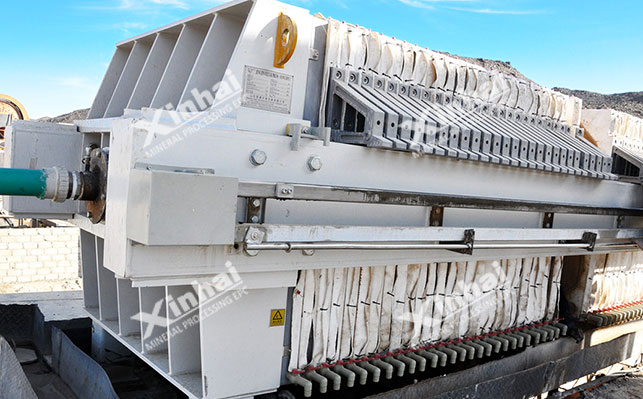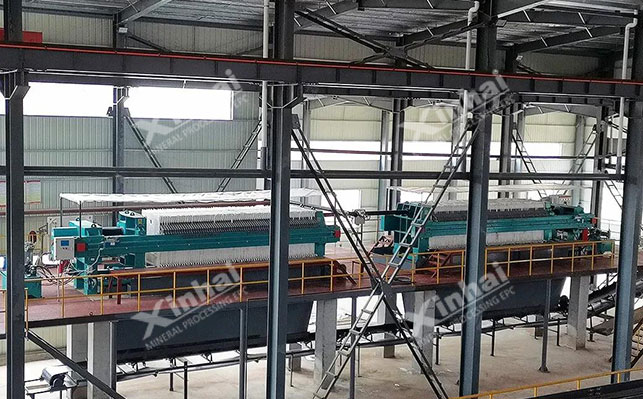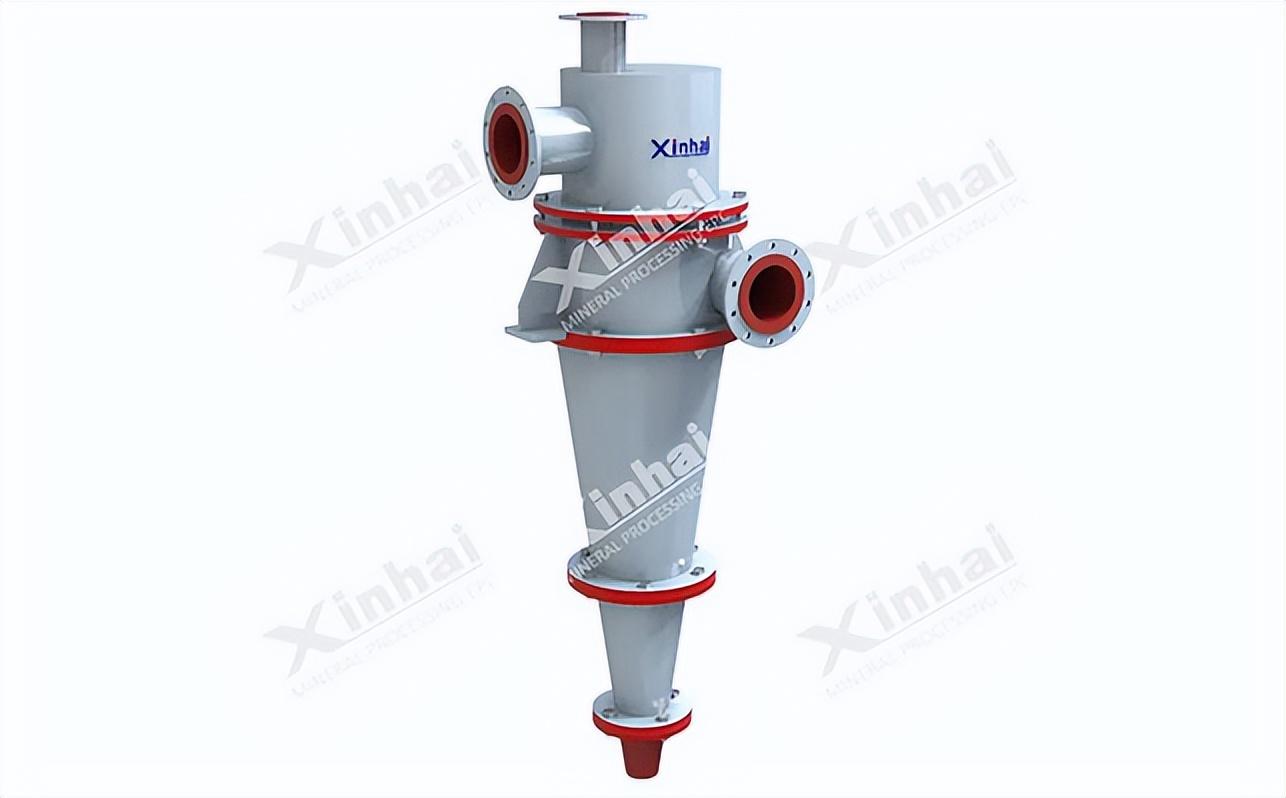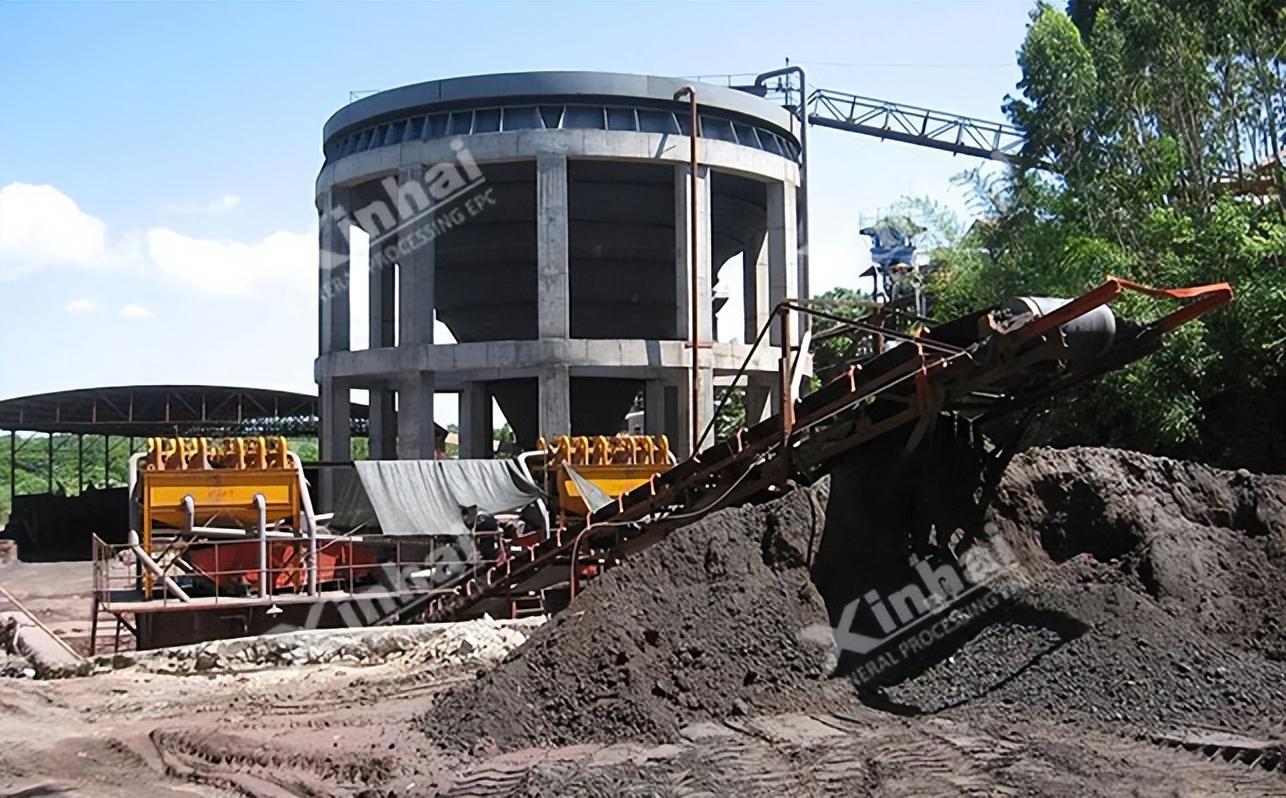Tailings Dry Discharge Process | Advantage & Equipment
2022-07-28 Xinhai (2009)
2022-07-28 Xinhai (2009)
If you have any questions, please contact us through the following ways, we will give you more and better assistance!

Dry tailings discharge is one of the treatment methods for beneficiation tailings, and it is one of the effective ways to solve tailings pollution.
In the past, tailings were transported to tailings ponds for storage. Treating tailings in this way will not only pollute the environment, but also easily cause dam breakage and bring about potential safety hazards.
In addition, as the country pays more and more attention to the control of environmental pollution, the control of tailings has also become an important part.
Dry tailings stacking is a treatment method in which the moisture content of tailings is reduced by means of concentration and dewatering process to make slag that is easy to precipitate and solidify, and then transported to the tailings pond for dry storage.

(1) Dry discharge of tailings effectively reduces the moisture content of tailings, dry storage, and no water accumulation in the reservoir, reducing the risk of dam failure.
(2) The effective inventory of the tailings pond increases, the service life of the tailings dam is extended, and the floor space is greatly saved.
(3) The return rate of tailings is increased, and the waste water is zero discharged, which effectively reduces environmental pollution.
(4) Dry discharge of tailings fills the goaf, saving treatment investment and low reclamation cost.

The main tailings dry discharge equipment includes dehydration hydrocyclone, thickener, high-frequency dewatering screen and filter.
The solid-liquid separation cannot be completely achieved, and it is generally used for tailings pre-concentration. The sand settling yield is high and the dewatering effect is good, which can greatly reduce the processing load of the subsequent concentration and filtration equipment.

Commonly used are high-efficiency deep cone thickeners and efficient improved thickener. The deep cone thickener has a small footprint and high concentration efficiency, and can achieve tailings slurry concentration at a lower cost. The processing capacity of the efficient improved thickener is far superior to that of the conventional thickener, and it is suitable for processing fine-grained materials.

The dewatering screen has the advantages of simple structure, convenient operation, large processing capacity and good dewatering effect.
Commonly used filters for tailings dewatering are belt filters and chamber press filter. The belt filter has strong adaptability to coarse-grained tailings, but the feeding concentration and feeding particle size have a great influence on the filtering effect. The chamber press filter adopts high pressure dehydration, which has large processing capacity and low energy consumption.
In the tailings dry discharge process, several equipments are often used in combination. Common equipment combinations include hydrocyclone + thickener, thickener + filter, hydrocyclone + thickener + filter, hydrocyclone + thickener + high-frequency dewatering screen, etc.
When actually selecting tailings dry discharge equipment, it is necessary to comprehensively consider the properties of tailings components, slurry concentration, material particle size, etc., in order to obtain the best treatment effect.